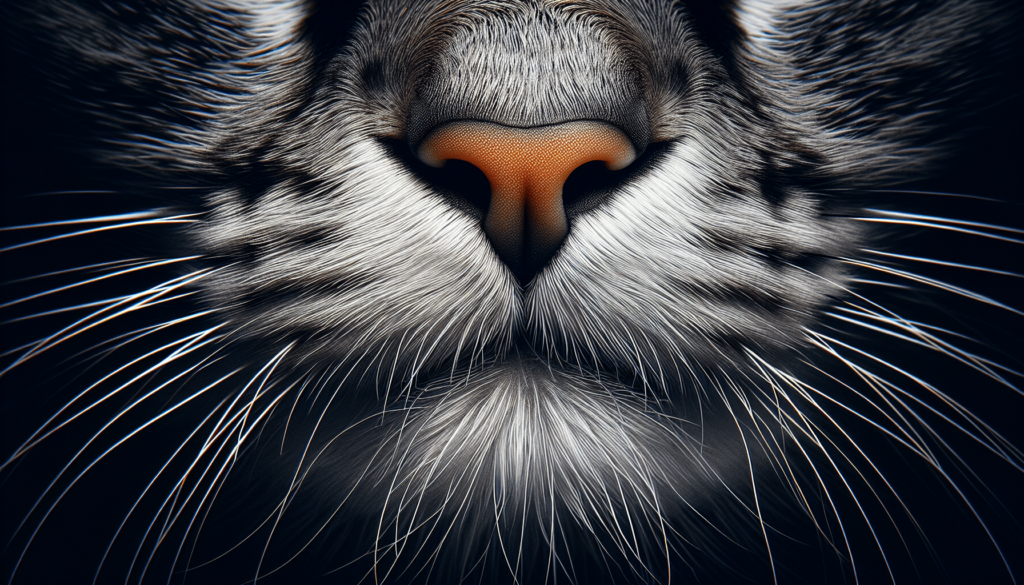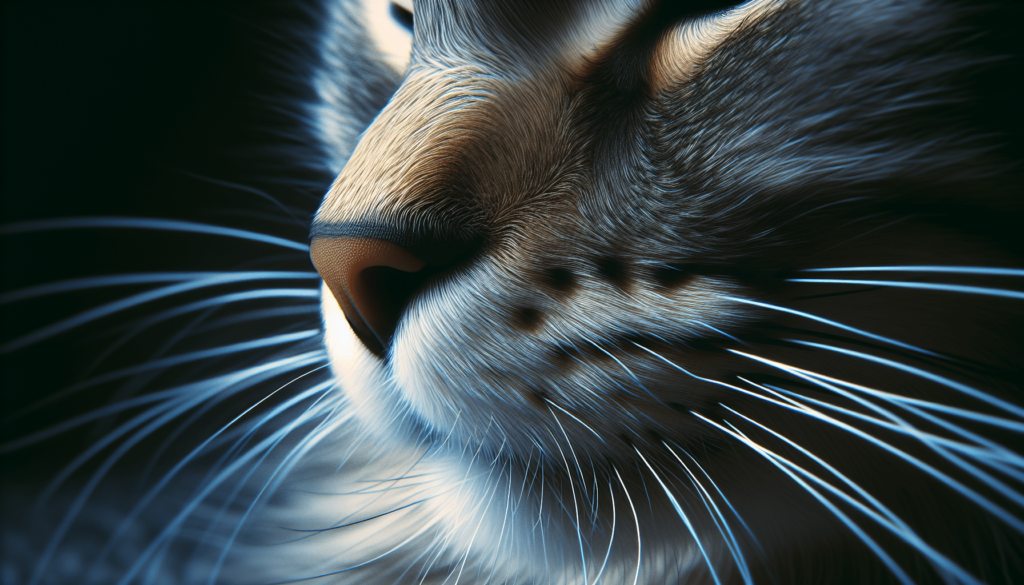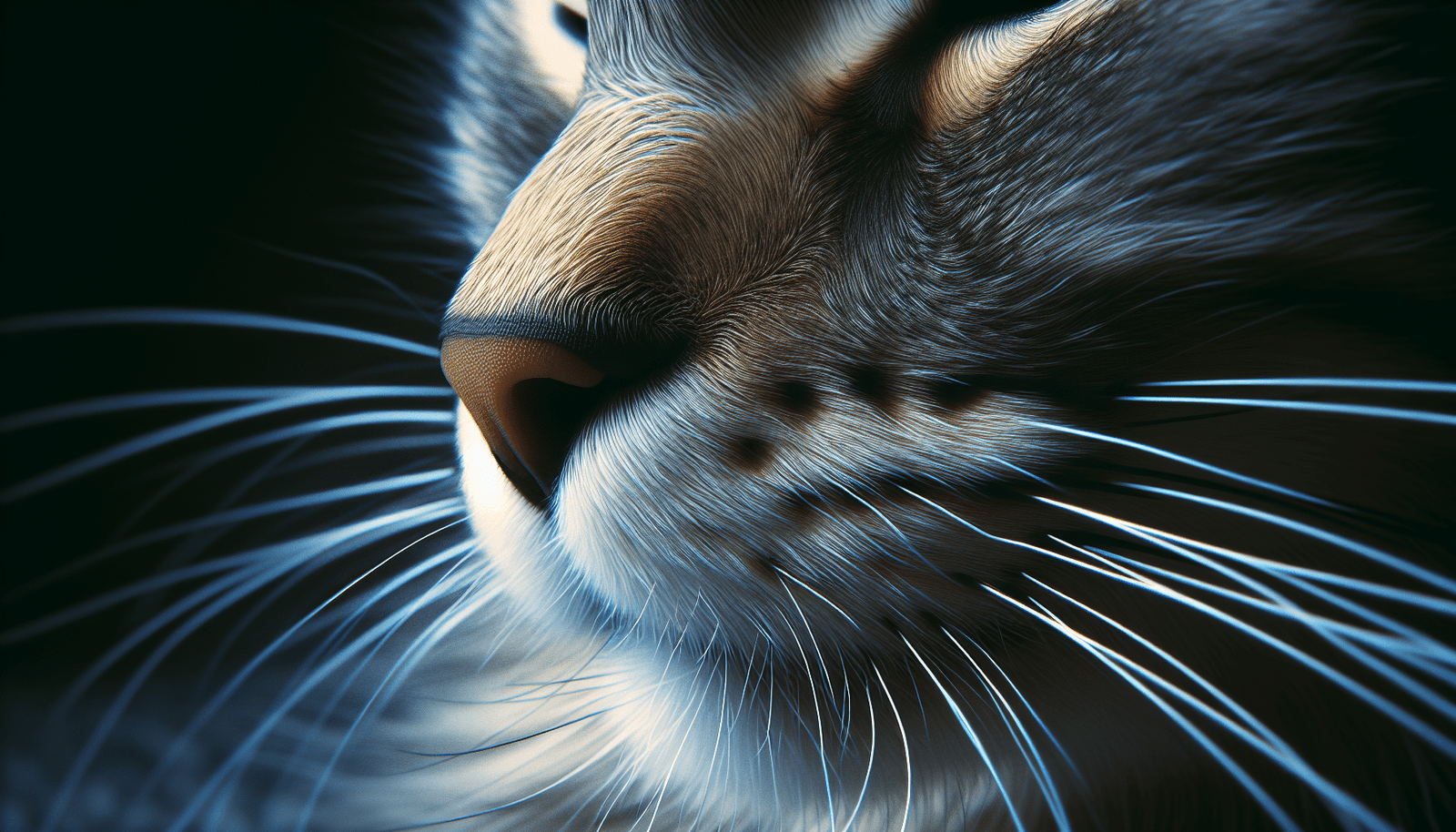Welcome to the fascinating world of felines! In this article, we will explore the question: Are cats mammals? As you may already know, cats are indeed a member of the mammal family, sharing many characteristics with other mammals such as giving birth to live young and nursing their offspring. Let’s dive deeper into the world of cats and discover more about these lovable creatures. Are Cats Mammals?
Have you ever wondered if cats are actually mammals? In this comprehensive article, we will delve into the fascinating world of feline biology and explore whether cats can be classified as mammals. Whether you’re a curious pet owner or simply interested in learning more about biology, this article will provide you with all the information you need to answer the age-old question: Are cats mammals? Let’s dive in!
What Defines a Mammal?
Before we can determine whether cats are mammals, let’s first establish what characteristics define a mammal. Mammals are vertebrate animals that belong to the class Mammalia. They are characterized by several key traits that set them apart from other animals:
- Warm-blooded: Mammals are endothermic, meaning they can regulate their body temperature internally.
- Mammary Glands: Female mammals produce milk to nourish their young.
- Hair or Fur: Most mammals have hair or fur covering their bodies at some stage of their life.
- Live Birth: Mammals give birth to live young rather than laying eggs.
- Three Middle Ear Bones: Mammals have three bones in the middle ear that transmit sound waves.
Now that we have a clear understanding of what defines a mammal, let’s examine whether cats possess these key characteristics.
Are Cats Warm-Blooded?
Yes, cats are warm-blooded animals. Like all mammals, cats are endothermic, meaning they can regulate their body temperature internally. This ability allows cats to maintain a relatively constant body temperature regardless of external conditions. Whether your furry feline friend is basking in the sun or curled up in a cozy blanket, their warm-blooded nature helps them stay comfortable and healthy.
Do Cats have Mammary Glands?
Indeed, cats do have mammary glands. Female cats have mammary glands that produce milk to nourish their kittens. Just like other mammals, cats provide essential nutrients to their offspring through breastfeeding. The presence of mammary glands is a crucial characteristic that classifies cats as mammals.
Do Cats have Hair or Fur?
Cats are known for their luxurious coats of fur, making them unmistakably mammals. From fluffy Persians to sleek Siamese, all cats have some form of hair or fur covering their bodies. This fur provides insulation, protection, and sensory input for cats, helping them adapt to various environments and situations.
Do Cats Give Live Birth?
Yes, cats give birth to live young. Unlike reptiles and birds, which lay eggs, mammals such as cats have offspring that develop within the mother’s body and are born live. Cats typically give birth to a litter of kittens, which are nursed by the mother and rely on her for care and nourishment.
Do Cats have Three Middle Ear Bones?
Cats, like all mammals, have three middle ear bones that play a crucial role in hearing. These three bones, known as the malleus, incus, and stapes, transmit sound waves from the outer ear to the inner ear, allowing cats to hear sounds and communicate effectively. The presence of these middle ear bones further confirms that cats are indeed mammals.

Cat Taxonomy: Where Do Cats Fit In?
To further explore whether cats are mammals, let’s take a look at their taxonomy and evolutionary history. Cats belong to the order Carnivora, which encompasses a diverse group of carnivorous mammals. Within the order Carnivora, cats are classified into the family Felidae, which includes domestic cats, lions, tigers, leopards, and other wild feline species.
Genus and Species
Within the family Felidae, domestic cats are classified under the genus Felis and the species Felis catus. This scientific binomial nomenclature helps categorize cats based on their genetic relationships and physical characteristics. It’s essential to understand the taxonomy of cats to appreciate their place in the animal kingdom and their evolutionary heritage.
Evolutionary History
Cats have a long and storied evolutionary history that stretches back millions of years. The ancestors of modern domestic cats were small, carnivorous mammals that roamed the earth during the Eocene epoch, approximately 40 million years ago. Over time, cats evolved into the diverse and adaptable species we know today, with a wide range of physical traits and behaviors suited for survival.
Anatomy and Physiology
Cats exhibit a range of unique anatomical and physiological adaptations that reflect their evolutionary journey. From their sharp retractable claws to their keen senses of hearing and smell, cats have evolved specialized traits for hunting, communication, and survival. Understanding the anatomy and physiology of cats provides valuable insights into their behavior and biology as mammals.

Cats as Mammals: Conclusion
In conclusion, cats are undeniably mammals based on their warm-blooded nature, possession of mammary glands, presence of fur, live birth, and three middle ear bones. As members of the order Carnivora and family Felidae, cats share a common evolutionary heritage with other carnivorous mammals while exhibiting unique traits that make them distinct. Whether purring on your lap or prowling the great outdoors, cats embody the essential characteristics of mammals and continue to captivate us with their grace, agility, and mystery. So the next time you find yourself pondering the question, “Are cats mammals?” you can confidently answer with a resounding “Yes!”immerse yourself in the fascinating world of feline biology and discover the wonders of one of nature’s most beloved creatures.

